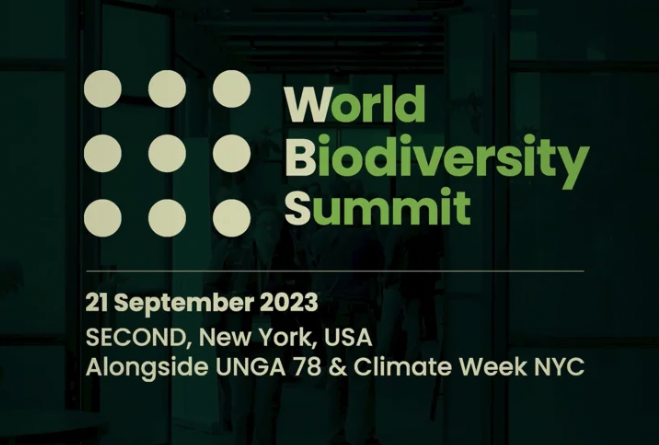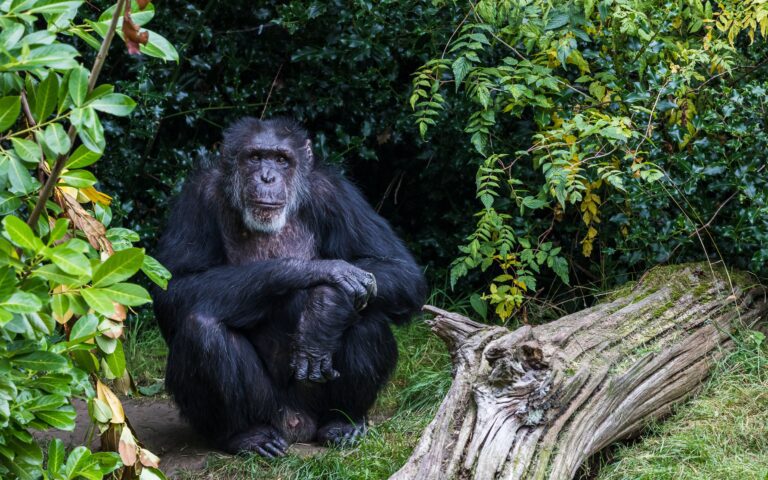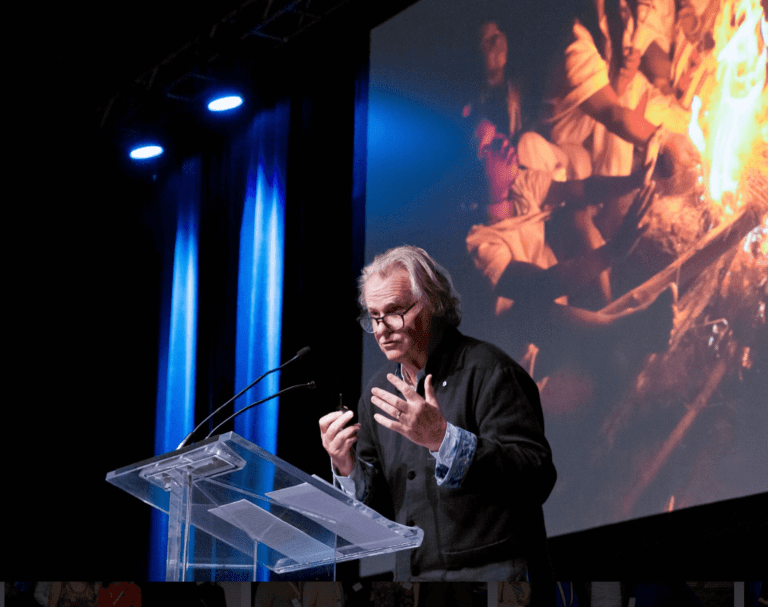Which Half?
Species need intact habitat. At the same time, people will often need to be in those habitats. A critical factor in the success of species is the amount of suitable habitat available to them and how people will interact with that habitat. A recent report finds approximately one-third of land and sea areas which have been identified as crucial for biodiversity are yet to be protected. About 17 percent of Earth’s terrestrial lands are protected, and only 7.7 percent of marine or coastal ecosystems are currently protected.
Advances in computing and geo-spatial technology allow us to comprehensively map the location and distribution of the species of our planet at high enough resolution to support decision-making about where we have the best opportunity to protect the most species. Mapping these places is a critical part of our strategy to halting and reversing biodiversity loss.
Around 80 percent of the world’s biodiversity is found on land maintained by indigenous peoples. Over 476 million indigenous people live in 90 countries across the world, representing approximately 6.2 percent of the global population. At least 32 percent of the world’s territories are owned or governed by indigenous peoples and local communities. In fact, around 91 percent of the lands stewarded by indigenous peoples are in good or fair ecological condition, a testament to their stewardship. We recognize that indigenous territories, peoples, traditional indigenous knowledge, and nature-based solutions all have a crucial role to play in achieving Half-Earth.




